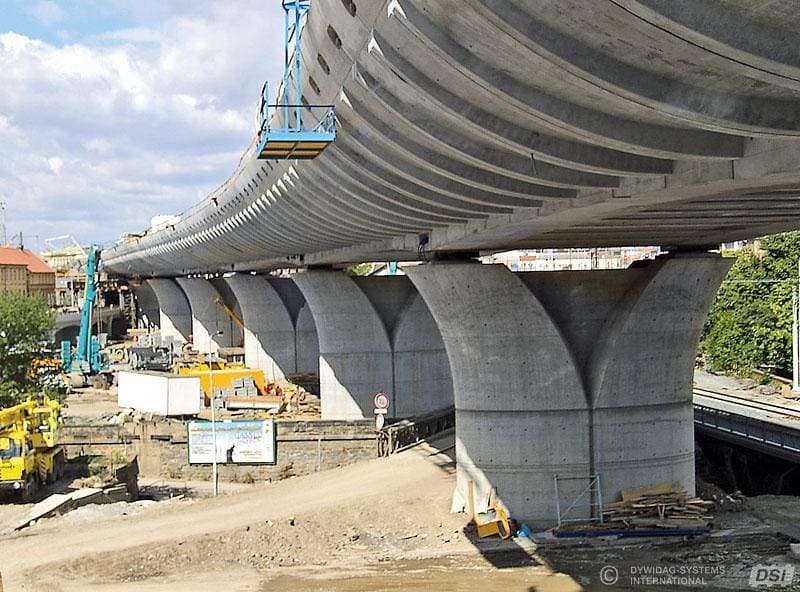Transforming The Construction Industry

02 September 2025
Transforming The Construction Industry
Transforming the Construction Industry: Trends, Challenges, and Opportunities
The construction industry, one of the oldest and most essential sectors in the world, continues to evolve with advancements in technology, changing economic landscapes, and increasing environmental consciousness. With its undeniable impact on infrastructure, urban development, and the global economy, the industry is experiencing a transformative era.
Key Trends Shaping the Construction Industry
1. Adoption of Smart Technologies
The integration of cutting-edge technologies like artificial intelligence (AI), the Internet of Things (IoT), and Building Information Modeling (BIM) is revolutionizing how construction projects are planned and executed. Smart technologies enable better project management, efficient resource allocation, and enhanced safety.
2. Sustainable Construction Practices
Sustainability is no longer a choice but a necessity. Green building materials, energy-efficient designs, and renewable energy integration are becoming standard practices. Companies are prioritizing environmentally friendly solutions to reduce their carbon footprint and meet stringent regulations.
3. Modular and Prefabricated Construction
Prefabricated construction is on the rise, allowing components to be manufactured off-site and assembled on-site. This approach not only speeds up project timelines but also minimizes waste and lowers costs.
4. Focus on Safety and Health
Ensuring the safety of workers remains a top priority. Wearable technology, real-time monitoring systems, and advanced training programs are helping to reduce accidents and promote a healthier work environment.
5. Digital Transformation
The construction industry is embracing digital tools such as drones for site inspections, 3D printing for innovative designs, and cloud-based platforms for collaboration. These technologies are boosting efficiency, accuracy, and transparency across all stages of construction.
Challenges Facing the Construction Industry
Despite its progress, the construction industry faces several challenges:
1. Labor Shortages
The global construction workforce is aging, and attracting younger talent remains a challenge. Companies need to invest in education and training programs to bridge the skills gap.
2. Rising Material Costs
Fluctuating prices for essential materials such as steel, concrete, and lumber can disrupt budgets and project timelines. Adopting alternative materials and optimizing supply chains are crucial strategies to mitigate this issue.
3. Regulatory Compliance
Navigating complex regulations related to safety, environmental impact, and zoning laws can be time-consuming and costly. Staying updated with local and global compliance requirements is vital for success.
4. Climate Change
Climate-related risks, such as extreme weather events, pose significant challenges for construction projects. Companies must develop resilient designs and construction techniques to withstand these risks.